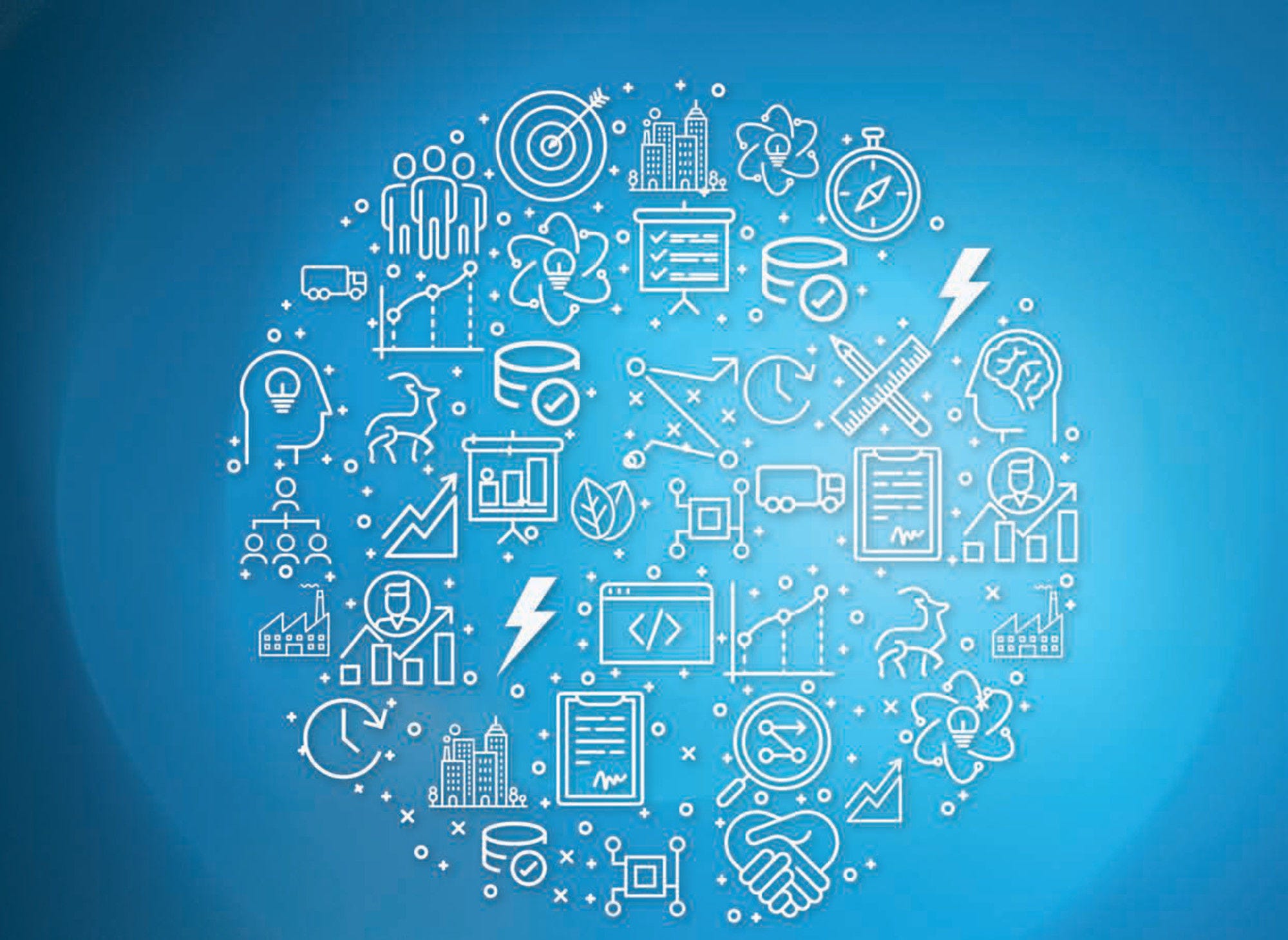US regulatory conditions are more business friendly than in most OECD countries, including lower administrative burdens on start-ups and an efficient insolvency regime that favours business dynamism. The 2017 Tax Cuts and Jobs Act allows deductions of up to 20% of qualified income from federal income taxes for small businesses depending on their legal structure. Measures for administrative streamlining were also put in place with Executive Order 13771, which instructs Federal agencies to provide a list of Regulatory Actions and estimate their Impacts on the economy. It also encourages to eliminate two Rules for each new Rule. In addition, the Environmental Protection Agency announced in 2018 its intentions to boost the 2015 eDisclosure programme by providing flexibility for new owners who self-disclose civil violations of environmental standards and tailored audit programs for Small Business Compliance.
OECD SME and Entrepreneurship Outlook 2019

Chapter 44. United States
Figure 44.1. Structure and performance of the SME sector in the United States

Notes: Chart A, C, D. Data exclude non-employer businesses.
Sources: Charts A, C, D. OECD Structural and Demographic Business Statistics Database 2018. (http://dx.doi.org/10.1787/sdbs-data-en) Charts B, E. OECD Timely Indicators of Entrepreneurship Database 2018.
SME business conditions and access to strategic resources
Institutional and regulatory framework
Market conditions
US SMEs have benefited from sustained growth in domestic markets and expanding opportunities in global markets, although the share of exporting SMEs is still below the level of most OECD countries. This lower share might be partly explained by the relative larger size of the U.S. Economy. The SBA 2018-22 Strategic Plan provides tailored training and counselling to SMEs through the US Export Assistance Centers. Initiatives to foster SME participation in public markets have also been undertaken: the platform certify.SBA.gov, launched in 2017, enables a more efficient certification process for SMEs to compete for federal contracts.
Infrastructure
Infrastructure provision in the US varies considerably across its key components, with high electricity affordability for industry, international logistic performance and mobile broadband penetration but below OECD median levels in fixed broadband affordability, international co-patenting collaboration, and land transportation. In 2016 about USD 60 million were invested in projects in the transport sector, and improving access to fixed broadband in rural areas attracted a USD 2 billion investment, reflecting the policy priority of enhancing digital connectivity of countryside businesses and households.
Access to finance
There has been a recent evolution in SME financing patterns from traditional debt to alternative SME financing instruments. 24% of corporate credit applicants sought financing at an online lender in 2017, up by +3% compared to 2016. In 2018, the US Department of the Treasury identified improvements in the regulatory landscape to support non-bank financial institutions and foster innovation. The Small Business Administration’s (SBA) Capital Access Programs, providing loan guarantees and co-funding for loans, grew steadily, reaching a high in 2017. The SBA’s 2018-22 Strategic Plan envisages a 5% increase in the number of loans to SMEs in disadvantaged urban and rural communities in 2019.
Access to skills
The appropriate skills mixes are needed to support the country’s industry specialisation in complex business services and high-tech manufacturing. However, with unemployment at historically-low levels, SMEs are challenged to attract employees with the right skills. According to a 2018 NFBI survey, 34% of SMEs raised compensation to attract and retain labour. The 2015 Workforce Innovation and Opportunity Act regulates employment and training programmes at the national level and aims at enhancing partnerships with employers for on-the-job training, for instance by partially reimbursing training costs.
Access to innovation assets
The US keeps leading the international R&D and innovation panorama, although innovation surveys and evidence on multi-factor productivity indicate a narrowing competitive edge. The 2019-20 Networking and Information Technology R&D program defines priority areas and places emphasis on the digital transition. Federal Agencies with extramural R&D budget contribute to the Small Business Innovation Research and Small Business Technological Transfer Programs, which support innovative SMEs’ entry in hard-to-break-in markets with around USD 2.5 billion of R&D financing support per year. Both NASA and the Air Force have used the program to provide contracts to SMEs.
The full country profile is available at https://doi.org/10.1787/34907e9c-en
References
ASCE (2017), American Society of Civil Engineers - 2017 Infrastructure Report Card, https://www.infrastructurereportcard.org/.
Dunkelberg, W. and H. Wade (2018), NFIB Small Business Economic Trends, https://www.nfib.com/assets/SBET-Oct-2018.pdf (accessed on November 2018).
EPA (2018), Environmental Protection Agency's eDisclosure program, https://www.epa.gov/compliance/epas-edisclosure.
Executive Office of the President (2018), Memorandum for the Heads of Executive deparments and agencies - FY 2020 Administration Research and Development Budget Priorities, https://www.whitehouse.gov/wp-content/uploads/2018/07/M-18-22.pdf (accessed on 23 August 2018).
FED Small Business (2018), 2017 Small Business Credit Survey: Report on Employer Firms, https://www.fedsmallbusiness.org/survey/2018/report-on-employer-firms.
NITRD (2017), The Networking and Information Technology R&D Development Program, https://www.nitrd.gov/about/about_nitrd.aspx.
OECD (2018), OECD Economic Surveys: United States, OECD Publishing, Paris, https://doi.org/10.1787/eco_surveys-usa-2018-en.
OECD (2018), Ageing and Employment Policies: United States 2018: Working Better with Age and Fighting Unequal Ageing, Ageing and Employment Policies, OECD Publishing, Paris, https://doi.org/10.1787/9789264190115-en.
OECD (2018), United States - Economic Forecast Summary (May 2018), http://www.oecd.org/eco/outlook/united-states-economic-forecast-summary.htm.
SBA (2018), United States Small Business Administration, Press Releases and Media Advisory, Small Business Administration, https://www.sba.gov/about-sba/sba-newsroom/press-releases-media-advisories.
SBA (n.d.), SBIR-SBTT, Small Business Administration, https://www.sbir.gov/faqs/general-questions (accessed on November 2018).
SBIR/STTR (2018), Success Stories: High Performance Water Recycling System for Space Exploration, https://sbir.nasa.gov/success-stories/high-performance-water-recycling-system-space-exploration.
SBIR/STTR (n.d.), About SBIR, https://www.sbir.gov/about/about-sbir.
U.S. Department of Commerce (2017), Portugal - Market Challenges, https://www.export.gov/article?id=Portugal-Market-Challenges (accessed on 22 June 2018).
U.S. Department of Labor (2016), 2015 State Annual WIA Report Participant Stories - Employer Engagement Success Stories, https://www.doleta.gov/performance/WIA_Success_Story/2015/wia_stories_Employer_Engagement.cfm.
U.S. Small Business Administration (n.d.), SBA Reimagined. Powering the American Dream. Strategic Plan, 2018-2022, https://www.sba.gov/sites/default/files/aboutsbaarticle/SBA_FY_2018-2022_Strategic_Plan.pdf (accessed on November 2018).